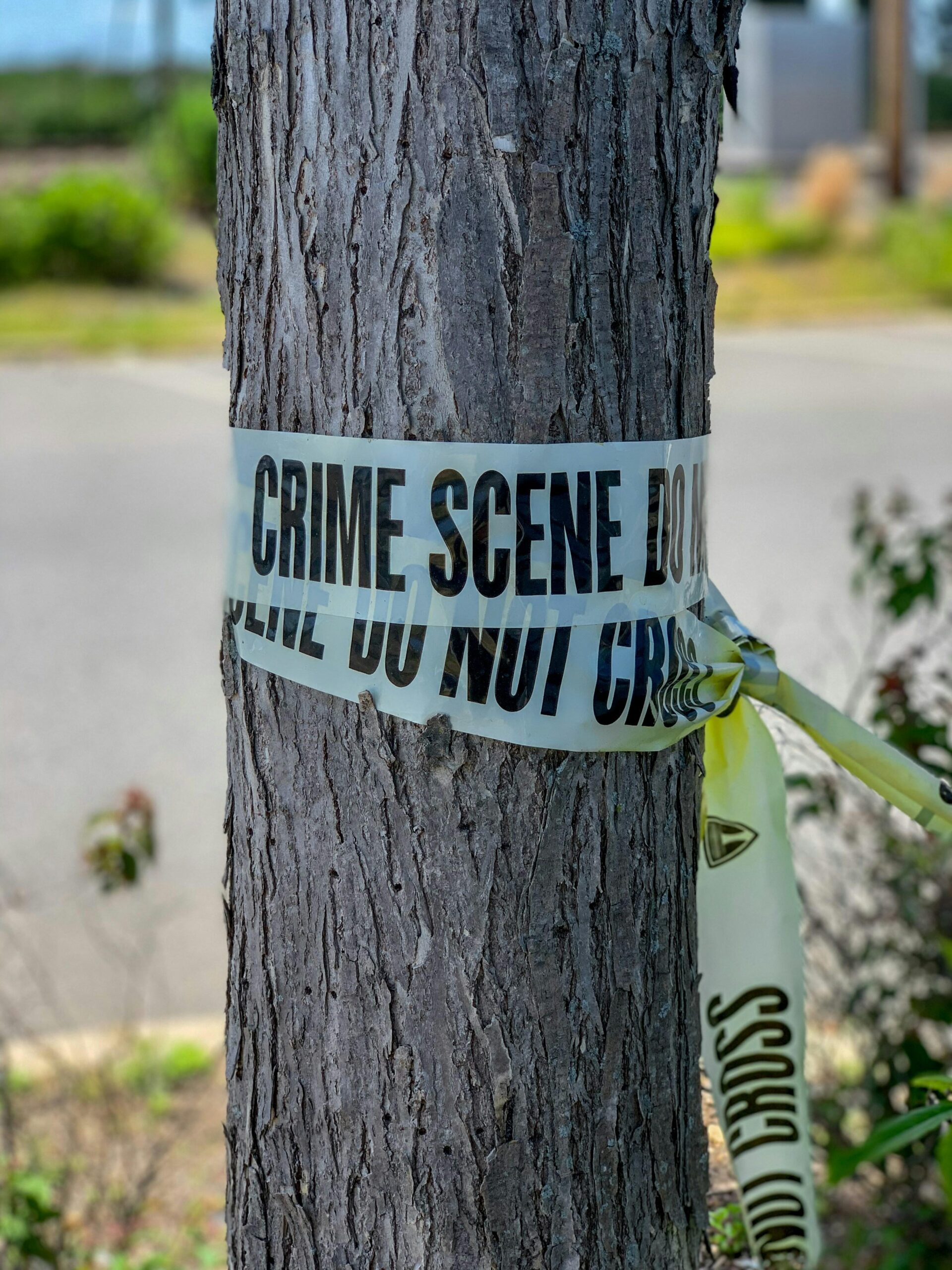In today’s world, where tensions between law enforcement and communities can sometimes run high, the idea of building trust feels more important — and more challenging — than ever. So, how exactly does community policing play a role in bridging the gap between officers and the people they serve? What is it about this approach that seems to open doors, encourage conversations, and create partnerships? Let’s dive into the curious world of community policing and uncover how it helps build trust, one neighborhood at a time.
Table of Contents
- Understanding the Heart of Community Policing and Its Impact on Trust
- The Role of Transparent Communication in Strengthening Police-Citizen Relationships
- Building Bridges Through Collaborative Problem Solving and Shared Goals
- Practical Steps for Law Enforcement to Foster Genuine Connections with Their Communities
- Wrapping Up
Understanding the Heart of Community Policing and Its Impact on Trust
At the core of community policing lies a genuine commitment to building bridges rather than walls between law enforcement and the neighborhoods they serve. By moving beyond the traditional reactive approach, officers engage proactively with citizens, listening to their concerns and participating in local events. This approach fosters an environment where trust is not demanded but earned, paving the way for cooperation and mutual respect. When people see officers as approachable allies rather than distant authority figures, they are more likely to share vital information, report suspicious activities, and collaborate in crime prevention efforts.
Key elements that enhance this transformative relationship include:
- Consistent presence: Officers regularly attending community meetings and school events
- Transparency: Open sharing of crime trends and police actions with the public
- Accountability: Demonstrating responsibility and responsiveness to citizen feedback
- Empathy: Understanding cultural nuances and diverse community needs
These principles don’t just reduce crime—they redefine public safety as a shared mission, where trust becomes the cornerstone of resilient, vibrant communities.
The Role of Transparent Communication in Strengthening Police-Citizen Relationships
Transparent communication is the cornerstone of any thriving community-police relationship. When law enforcement openly shares information about policies, ongoing investigations, and community concerns, it dismantles barriers built on suspicion and fear. This openness fosters a sense of mutual respect and accountability, allowing citizens to feel heard and valued rather than sidelined or intimidated. Clear, honest dialogue encourages people to engage proactively with their local police, turning potential conflicts into opportunities for collaboration.
But transparency isn’t just about sharing facts—it’s about cultivating a consistent and approachable presence. Police departments can enhance transparency by implementing:
- Regular community forums and open-house events
- Accessible social media updates and real-time information sharing
- Responsive feedback channels that acknowledge citizen concerns promptly
- Training officers in empathetic communication and cultural awareness
These practices not only build trust but also invite citizens to become active partners in public safety, transforming the traditional dynamic into a collaborative alliance.
Building Bridges Through Collaborative Problem Solving and Shared Goals
When police officers and community members come together to tackle local issues, they create a shared sense of purpose that transcends traditional roles. This unity fosters an environment where people feel heard and valued, making solutions more sustainable and impactful. The process of collaborative problem solving invites diverse perspectives, ensuring that the root causes are addressed rather than just the symptoms. By working side-by-side, both parties develop mutual respect, breaking down barriers that often breed mistrust.
Key elements in this approach include:
- Active engagement: Police actively listen to concerns and involve residents in decision-making.
- Transparent communication: Sharing information openly builds credibility and reduces misinformation.
- Joint goal setting: Establishing clear, shared objectives helps focus efforts and measure success.
- Ongoing collaboration: Trust deepens through consistent partnerships rather than one-time interactions.
Together, these components turn policing into a community endeavor, where safety and trust flourish hand in hand.
Practical Steps for Law Enforcement to Foster Genuine Connections with Their Communities
Building authentic relationships begins with officers stepping outside the traditional roles of enforcement and embracing more personalized interactions. This can be achieved through regular community events such as neighborhood meet-ups, open forums, or youth mentorship programs. Such activities allow officers to be seen as approachable individuals rather than distant authority figures, breaking down barriers and encouraging open dialogue. Additionally, actively listening to community concerns without immediate judgment helps validate citizens’ feelings and fosters a sense of shared responsibility for public safety.
Another indispensable step involves training and policies that emphasize cultural competence and empathy. Law enforcement agencies can implement workshops focused on understanding diverse backgrounds and implicit biases, enabling officers to connect on a deeper level with the people they serve. Embedding these principles into daily patrol routines — for example, through informal check-ins and collaboration with local organizations — transforms policing from reactive to proactive. This ongoing commitment to engagement not only builds trust but also empowers communities to participate in shaping their own safety strategies.
- Host community dialogues and listening sessions regularly
- Implement cross-cultural communication training
- Partner with schools, nonprofits, and local leaders
- Create accessible platforms for feedback and concerns
- Encourage officers to participate in community service outside enforcement
Wrapping Up
As we’ve explored, community policing isn’t just a strategy—it’s a bridge. A bridge that connects officers and citizens through dialogue, understanding, and collaboration. By stepping beyond traditional roles and engaging with the everyday lives of the people they serve, law enforcement can foster the kind of trust that transforms neighborhoods. The journey to stronger communities is ongoing, but one thing is clear: when police and citizens walk together, trust isn’t just built—it thrives. What steps do you think your community could take next to strengthen this bond? Let’s keep the conversation going.












